-
Prepping for high-country angling
For backcountry anglers, now is the time to make sure your gear is ready
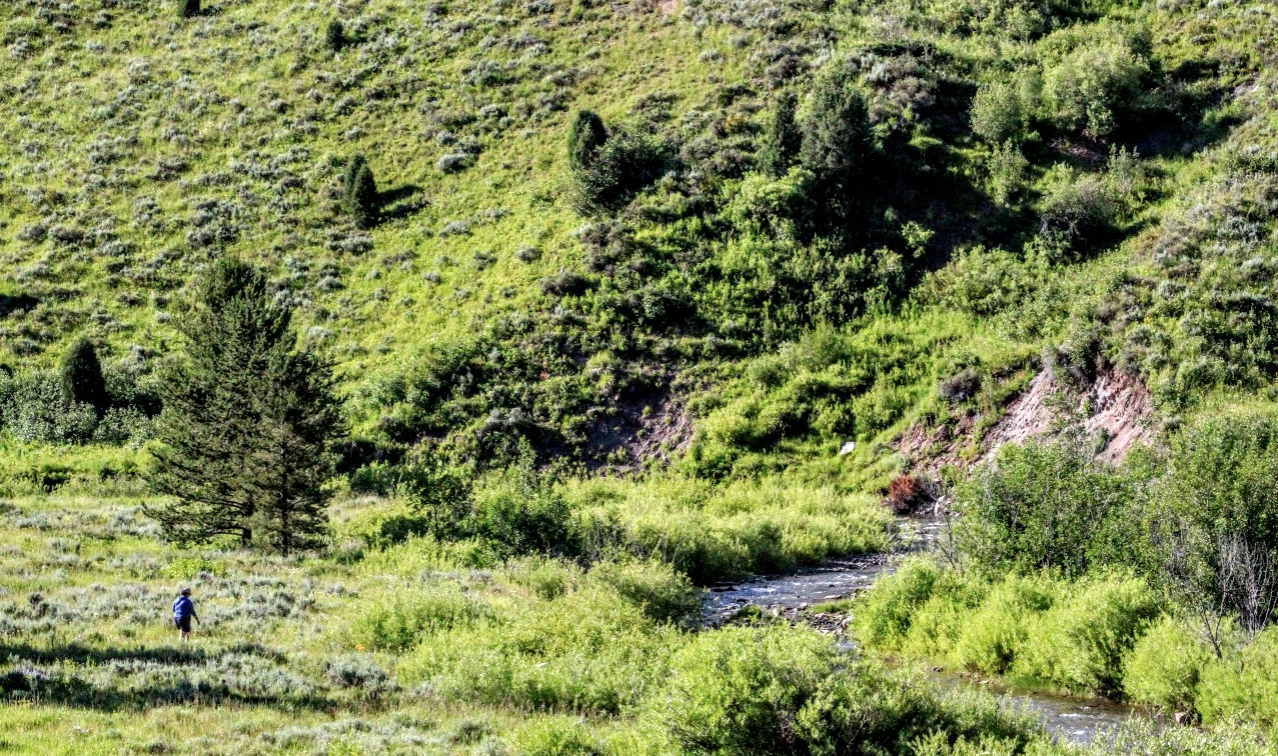
One quick glance at the high peaks of the Caribous is all any backcountry trout angler in my neck of the woods needs to come to the realization that it’s going to be a while. Snow cornices still grace the tops of Red Ridge, and Fall Creek is running dirty. Getting up high to the…
-
Shiney Hiney Caddis Pupa
Tying the Shiney Hiney Caddis Pupa
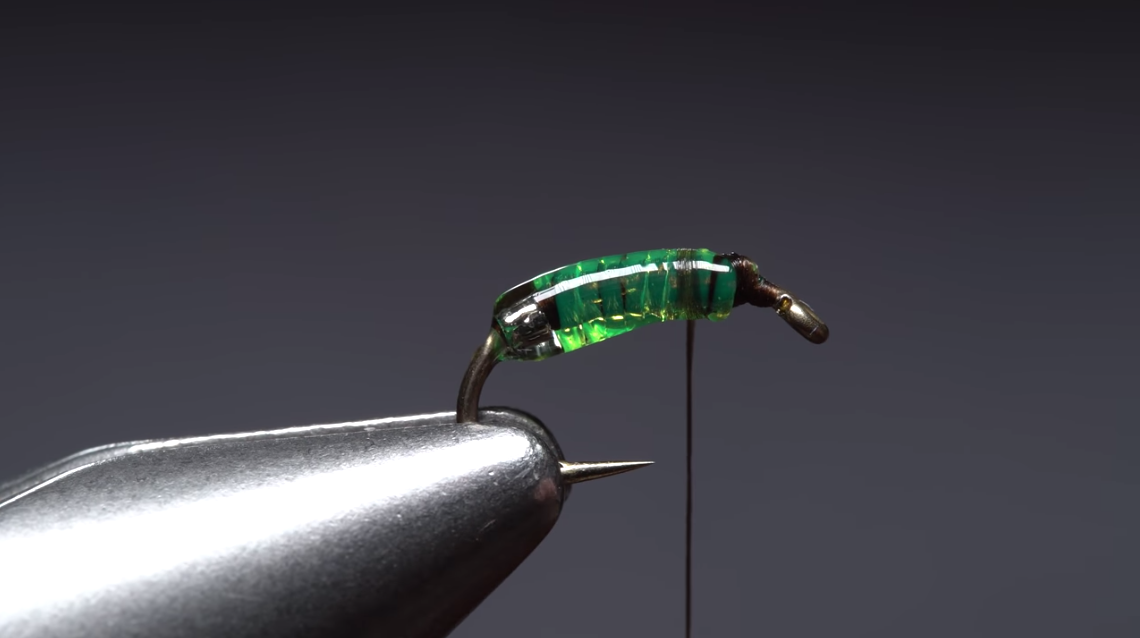
The caddisfly life cycle is an important one for trout anglers. Caddis, in every stage of their lives, make up a significant portion of the average trout's diet. But, in recent years, I've take to fishing less with patterns that imitate the adult bugs — Orvis' Tom Rosenbauer pointed out to me that bigger trout…
-
Atherton No. 2 Nymph
Tying the Atherton No. 2 Nymph
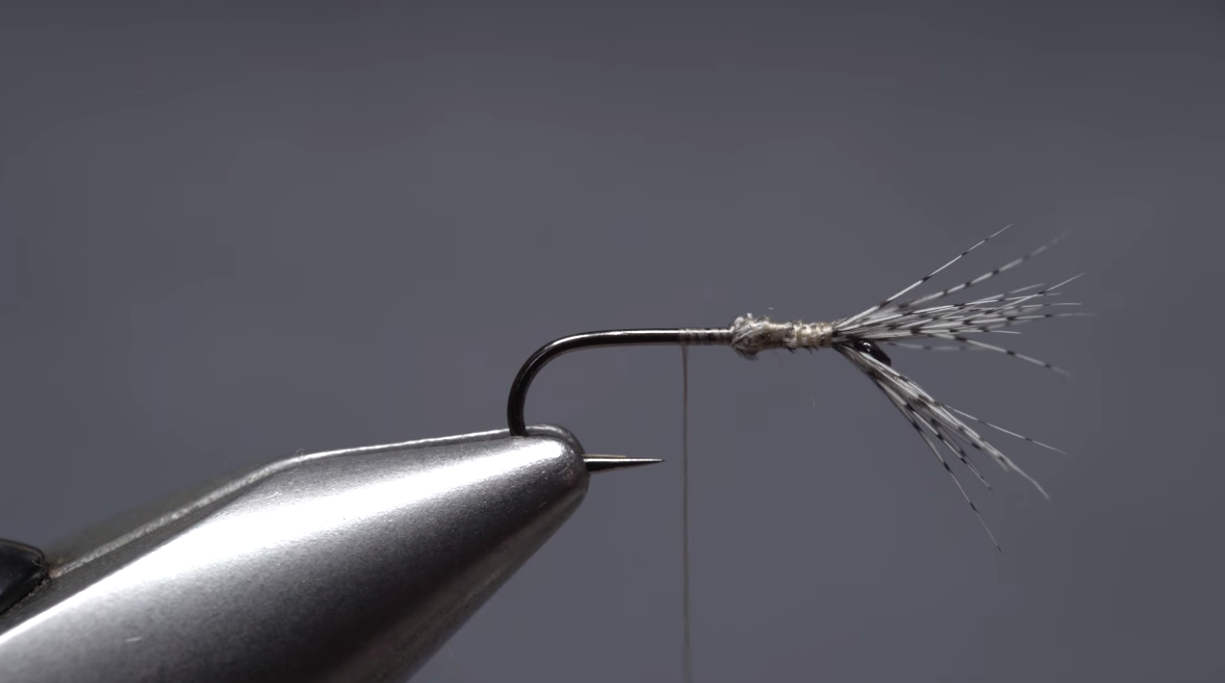
Well-known fly pattern creator John Atherton wasn't much for literal imitation when it came to tying his flies. Instead, he was the discipline's answer to impressionist painters—nothing looks exactly right in an Atherton creation, but nothing looks too out of place, either. Thankfully, trout often seem to look at flies the same we tend to…
-
Fly fishing tips from north of the border
Fly-fishing tips from our friends up north
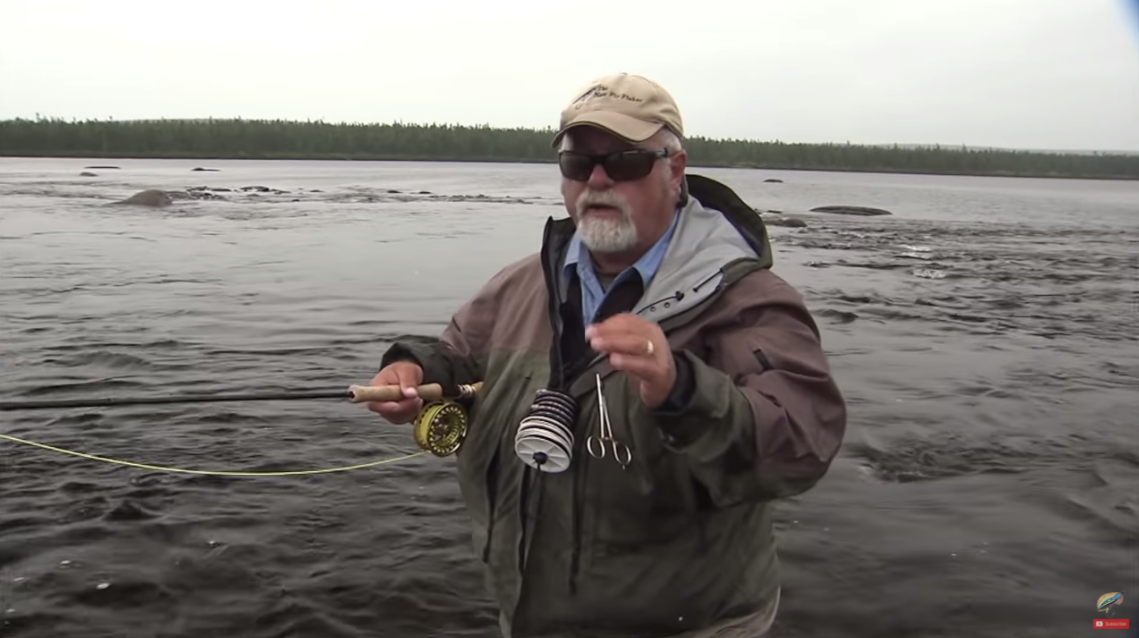
I love to fly fish in Canada. From the spine of the Rockies to its boreal forests, the Canadian north rivals any fishy locale on the planet, and fly fishing is a great way to get to know the waters of this region. The folks at The New Fly Fisher — anglers like Mark Melnyk,…
-
Casting a sink-tip line
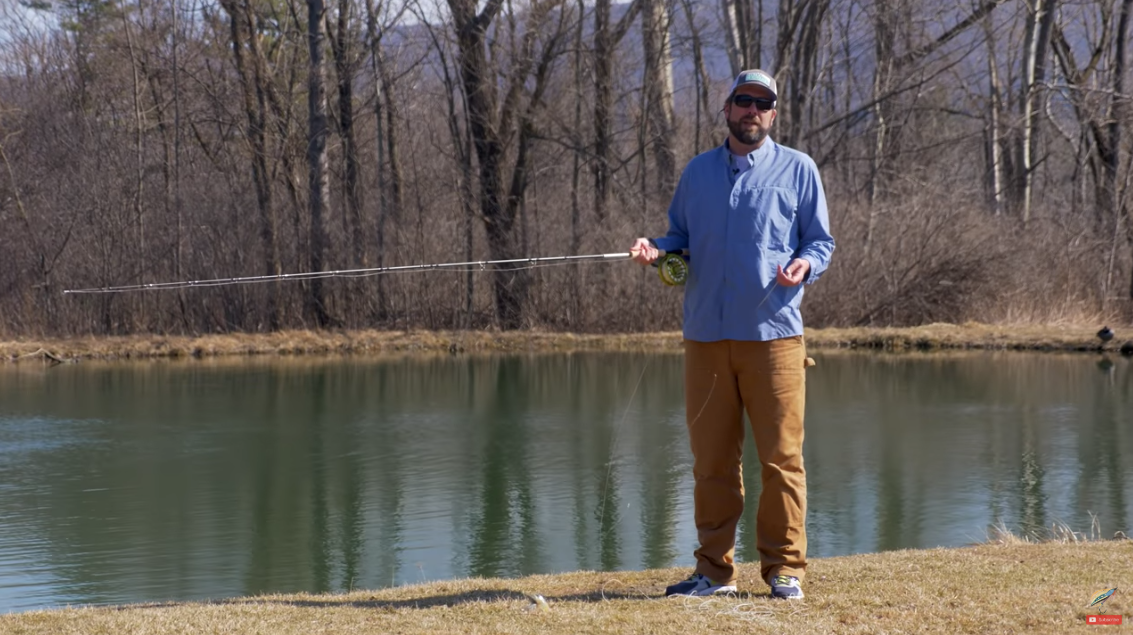
Sinking and sink-tip lines are great for getting flies down deep in the water column where the big trout eat, but they can be a pain to cast and then recast. First, these lines are heavy—hundreds of grains, for the most part. Second, they don't really allow for nimble fly casting. These lines are made…
Category

